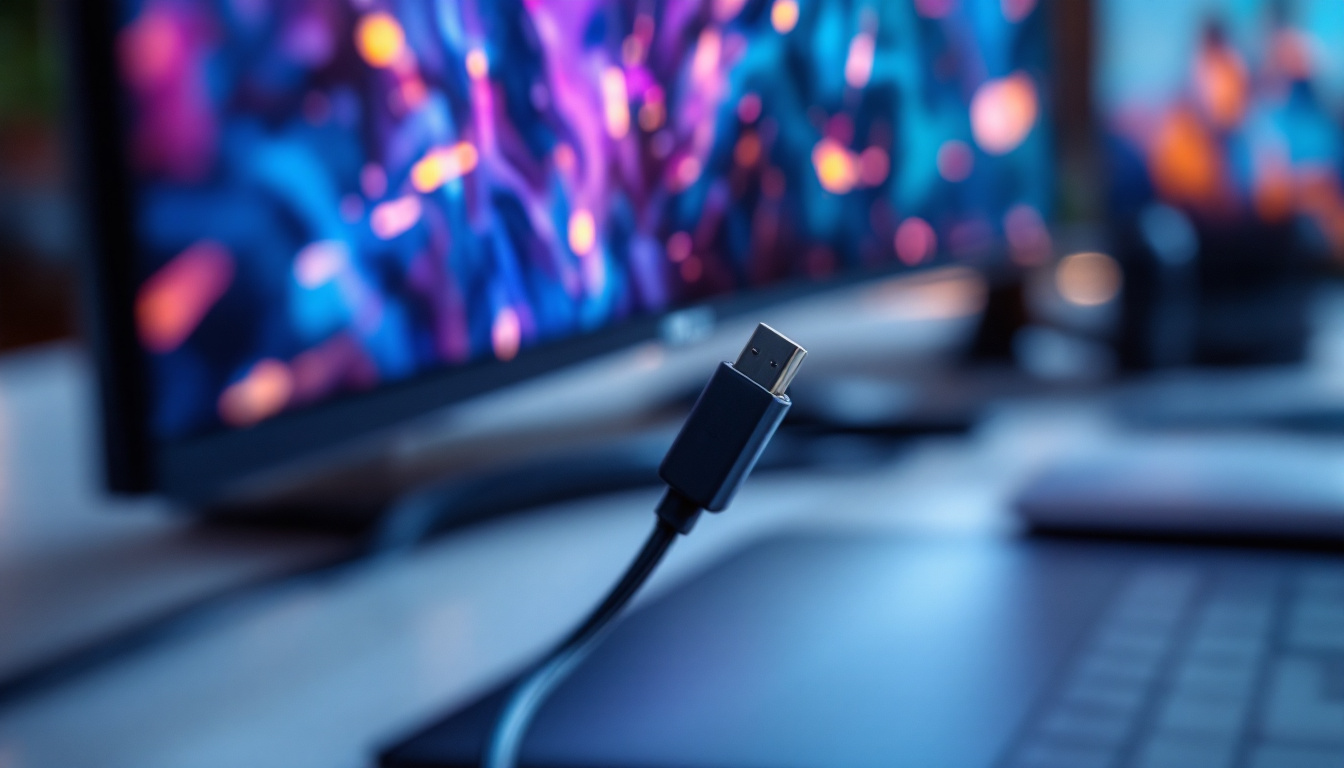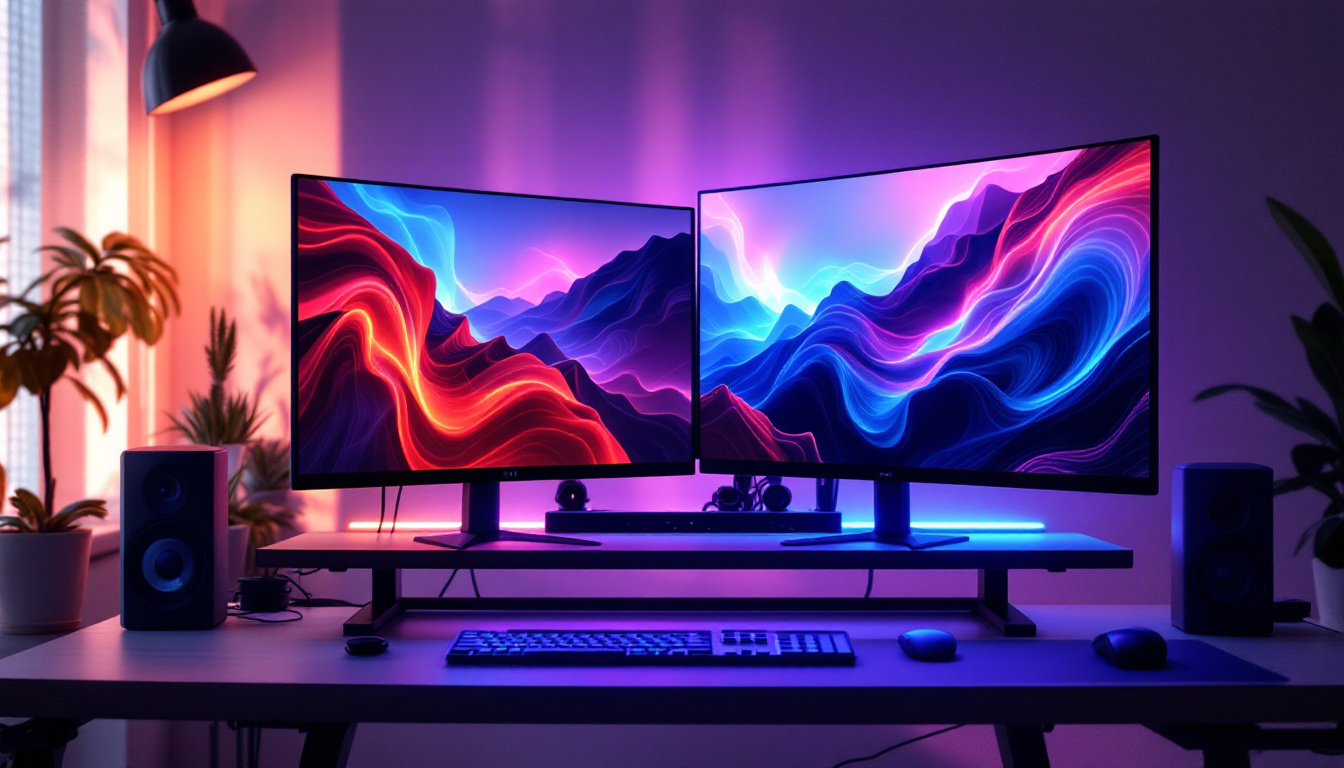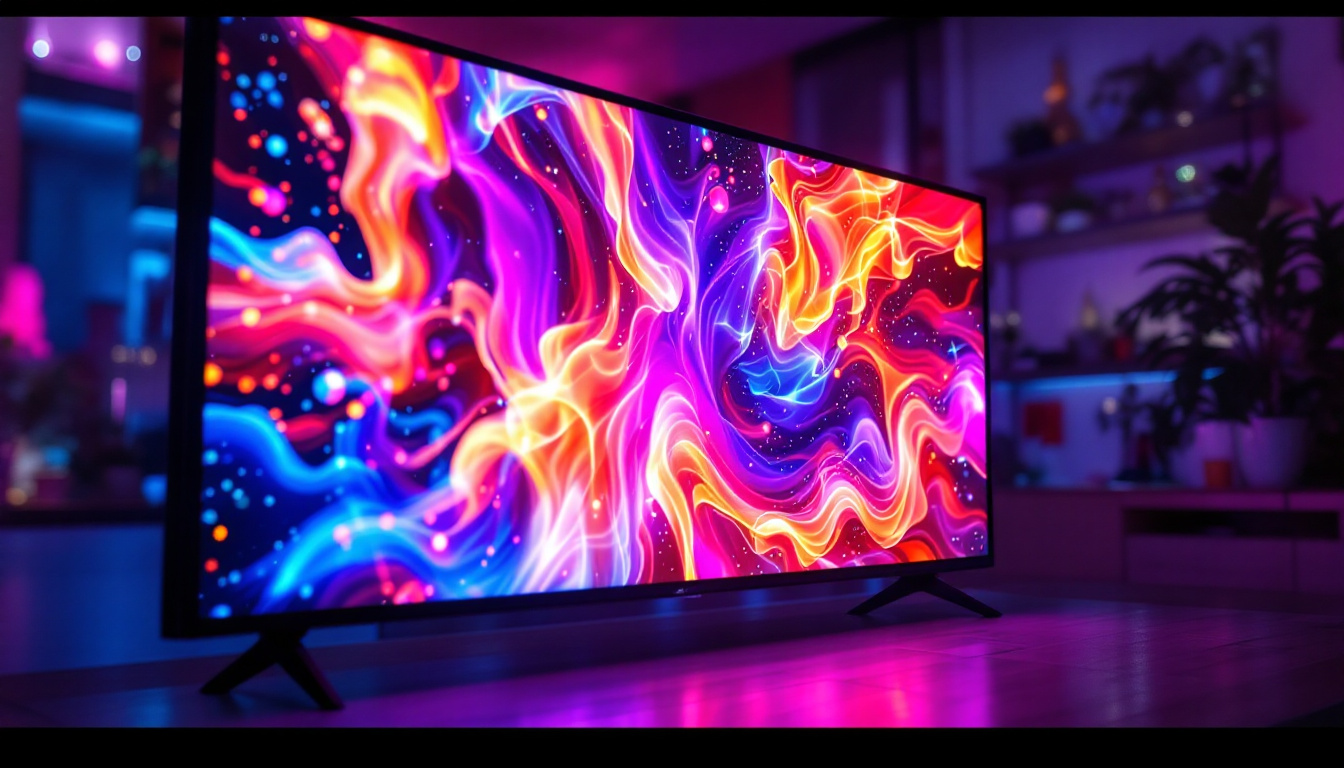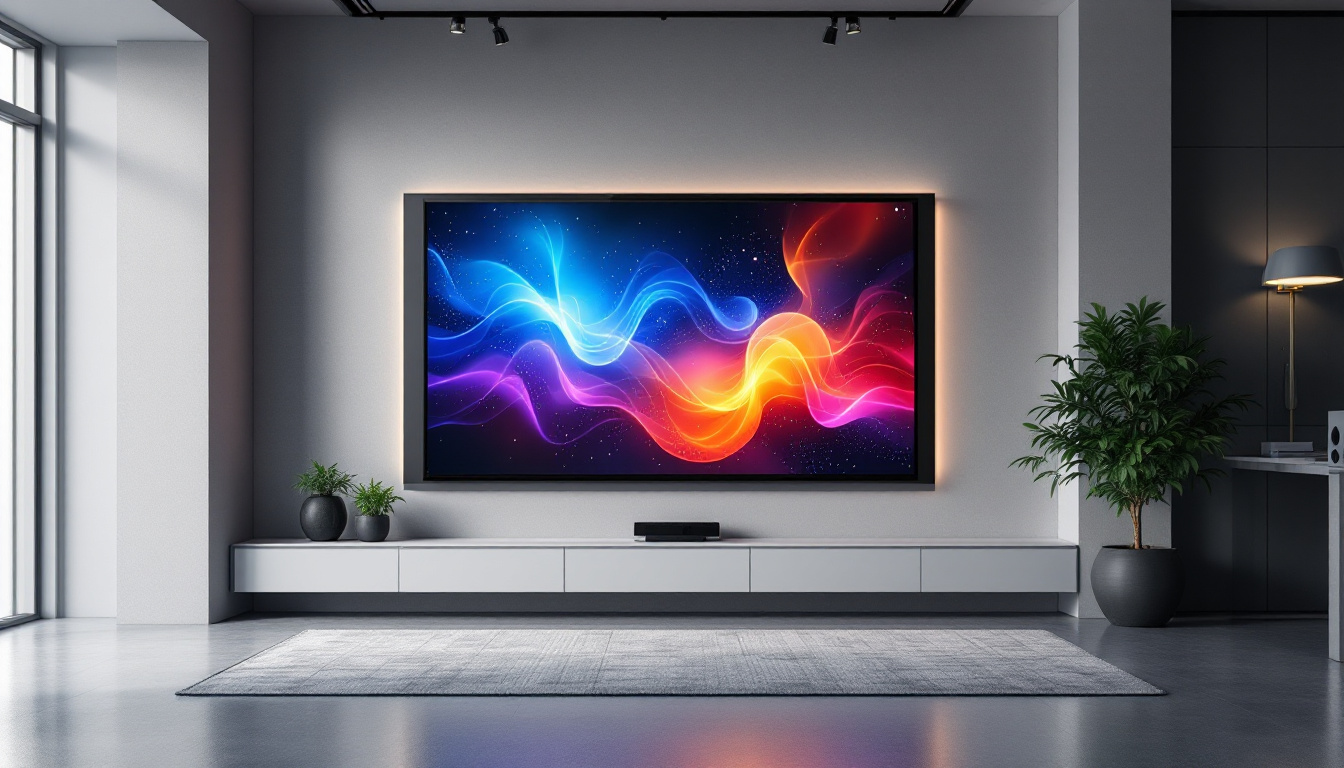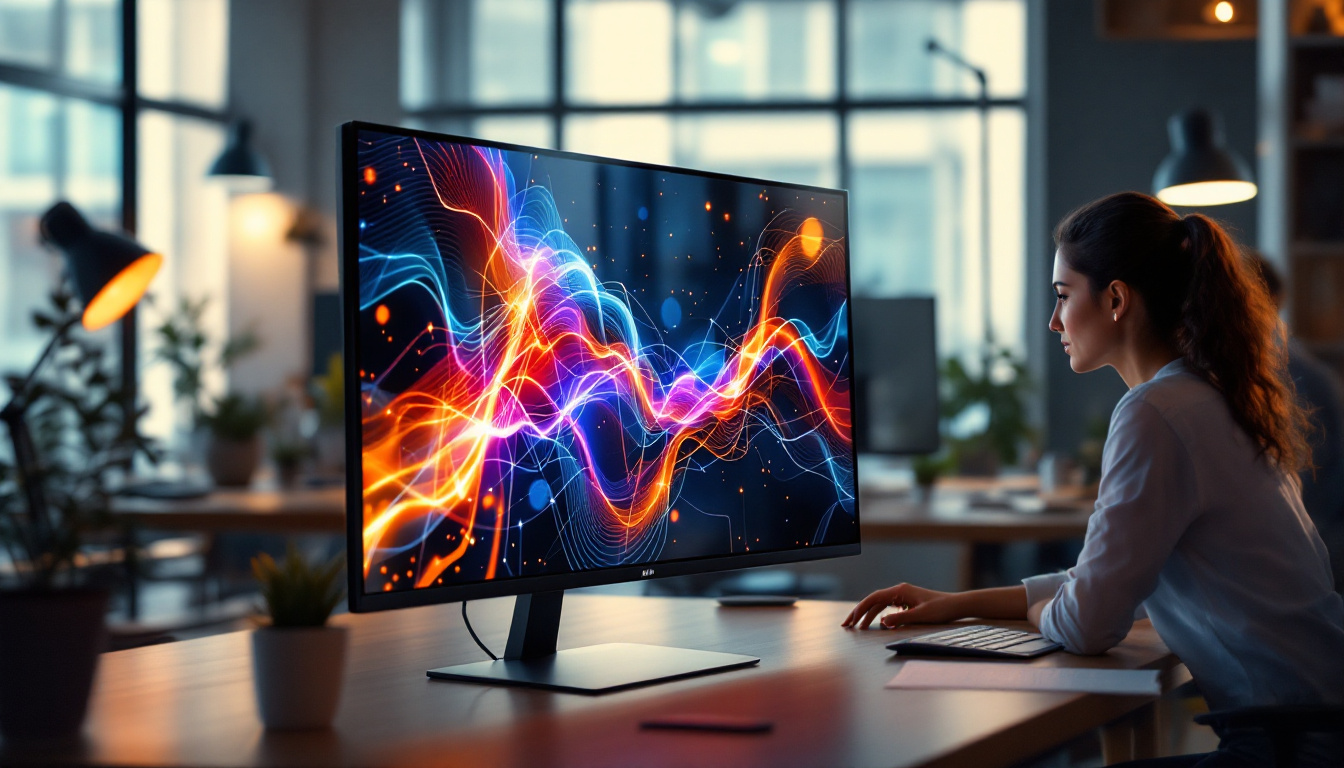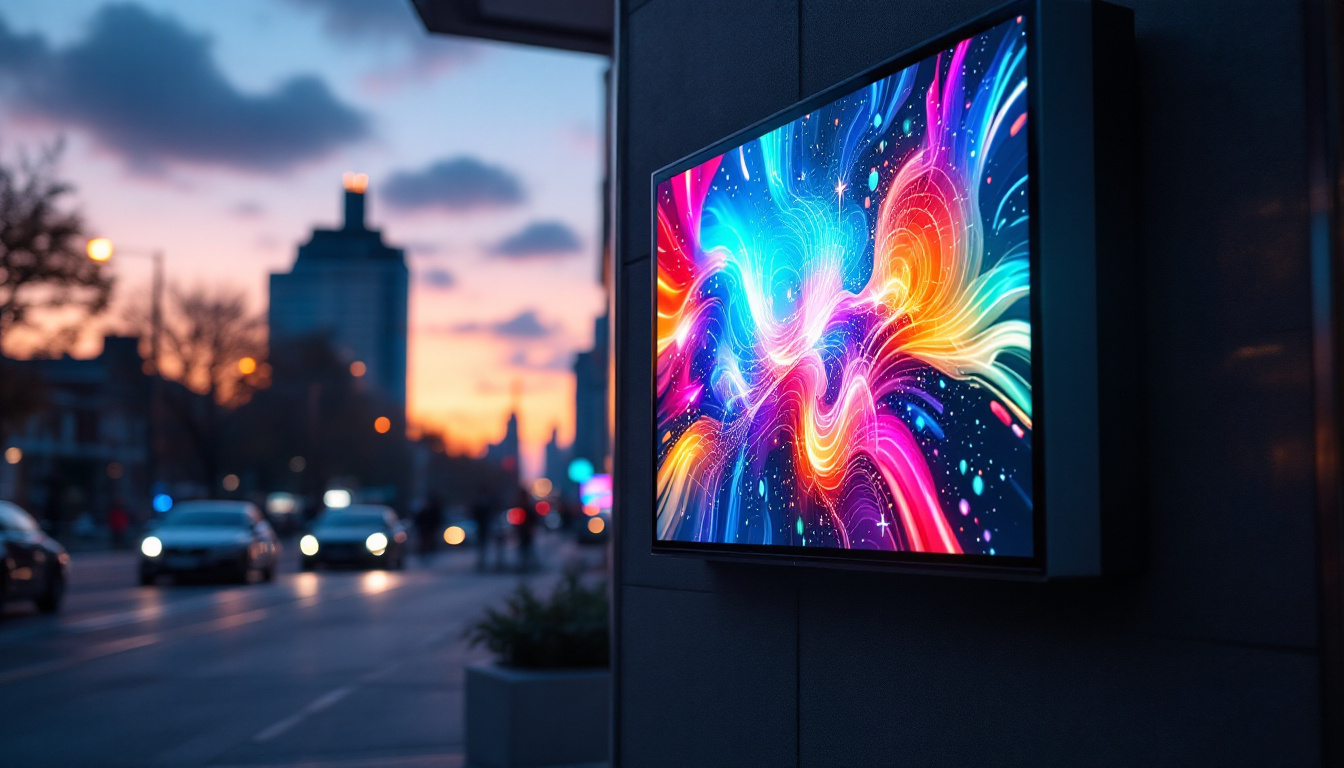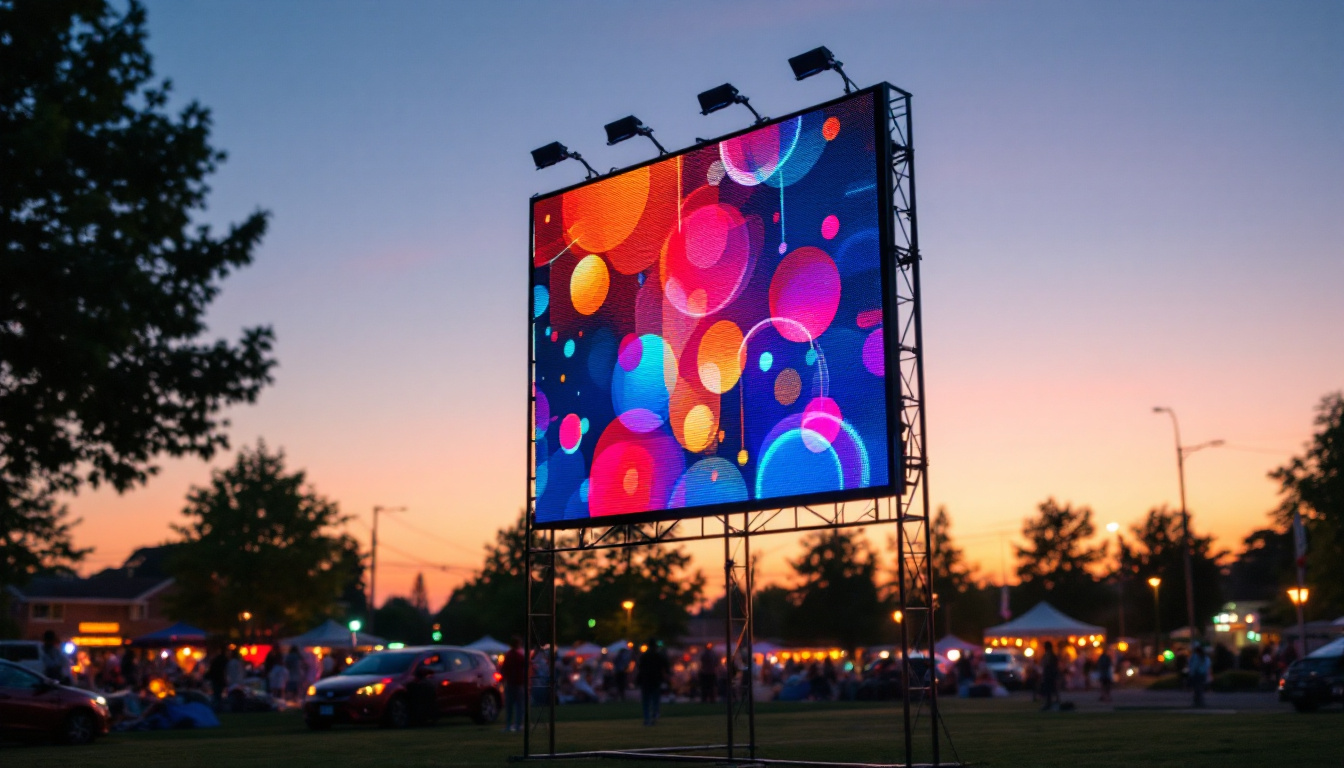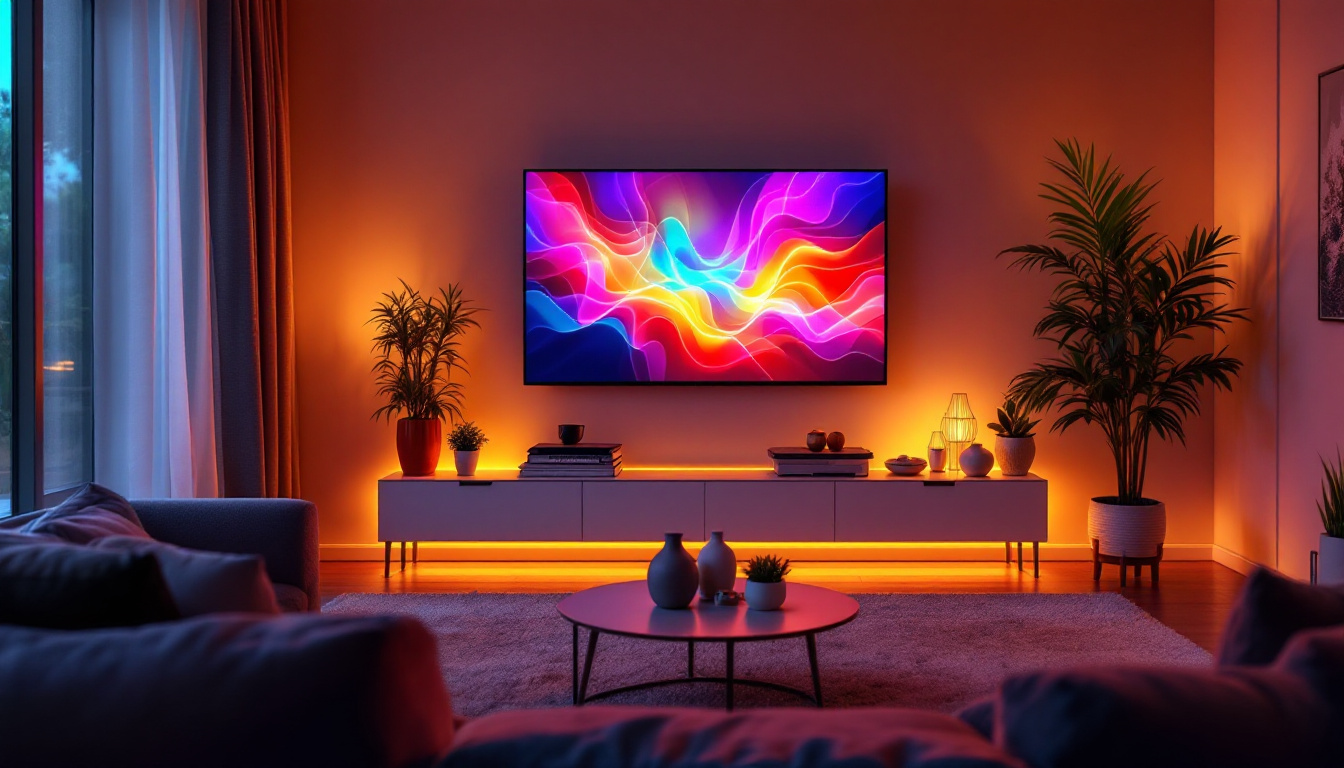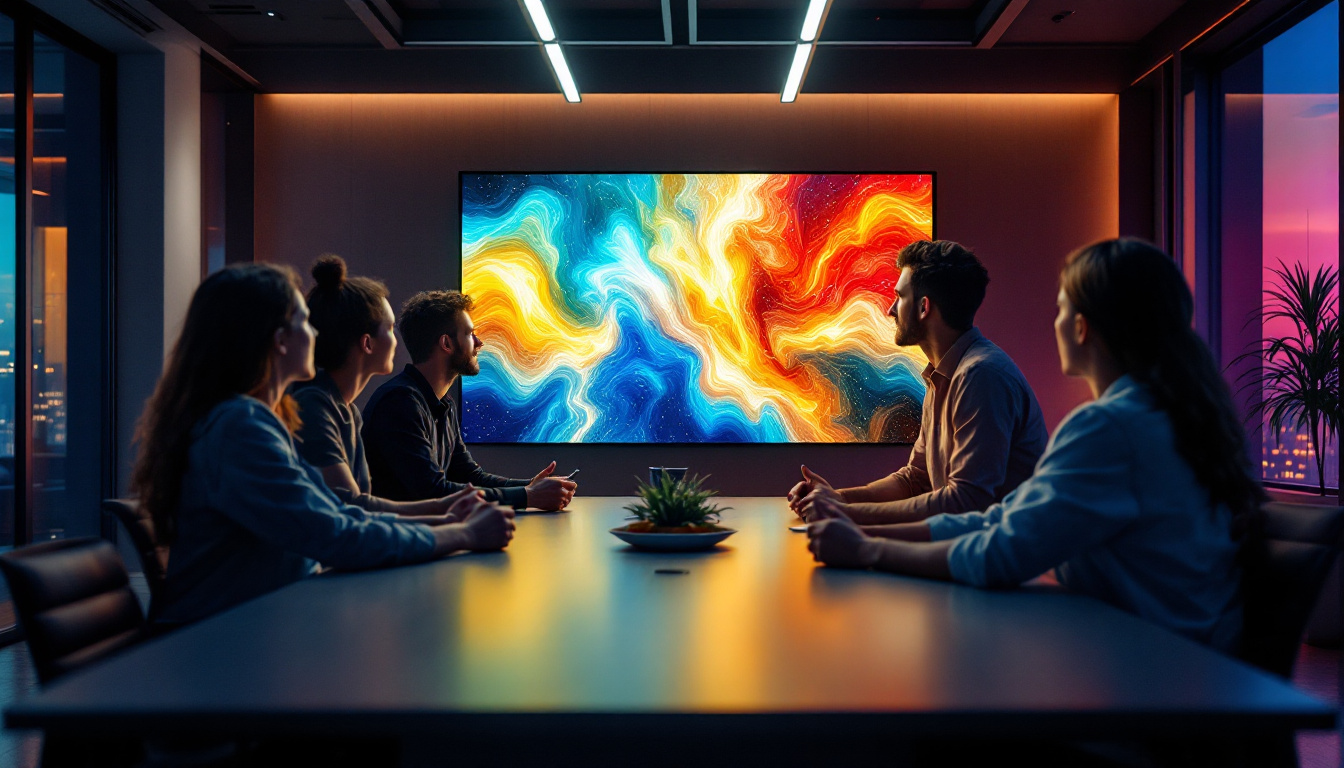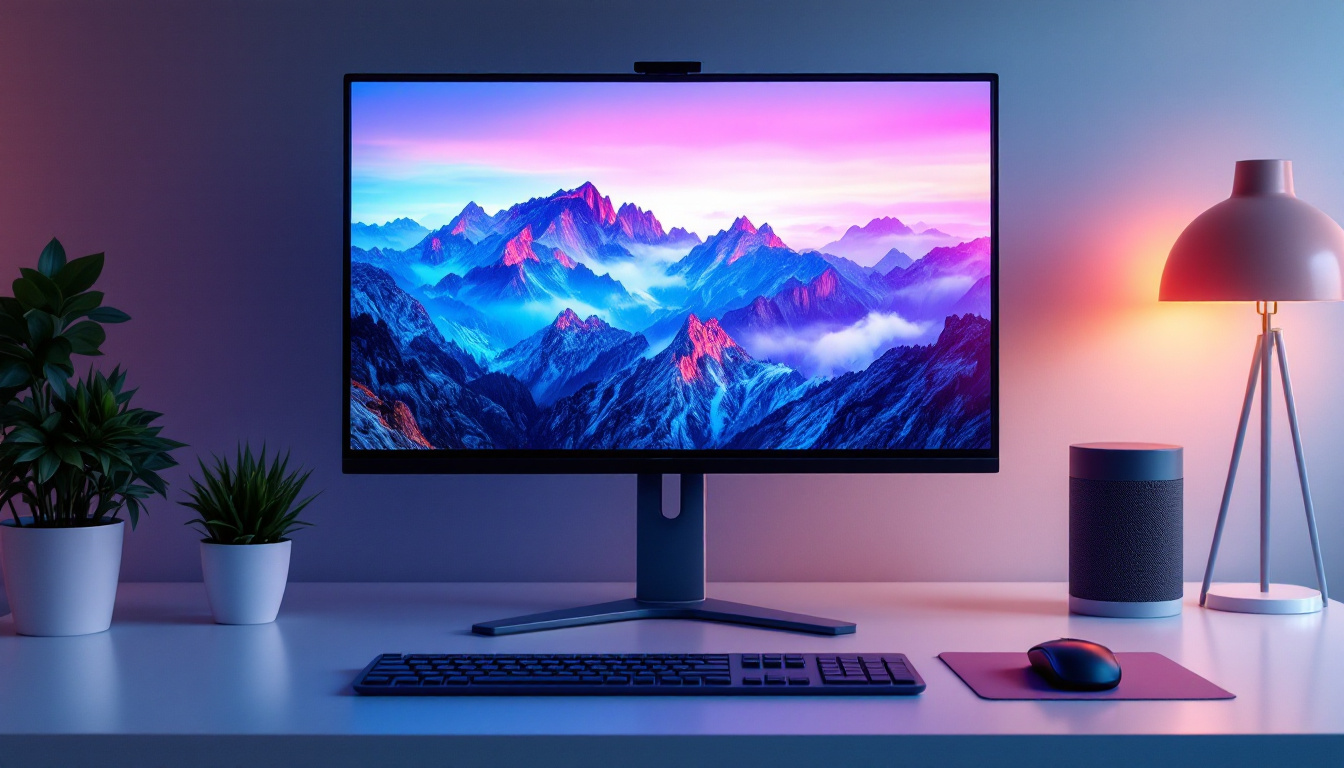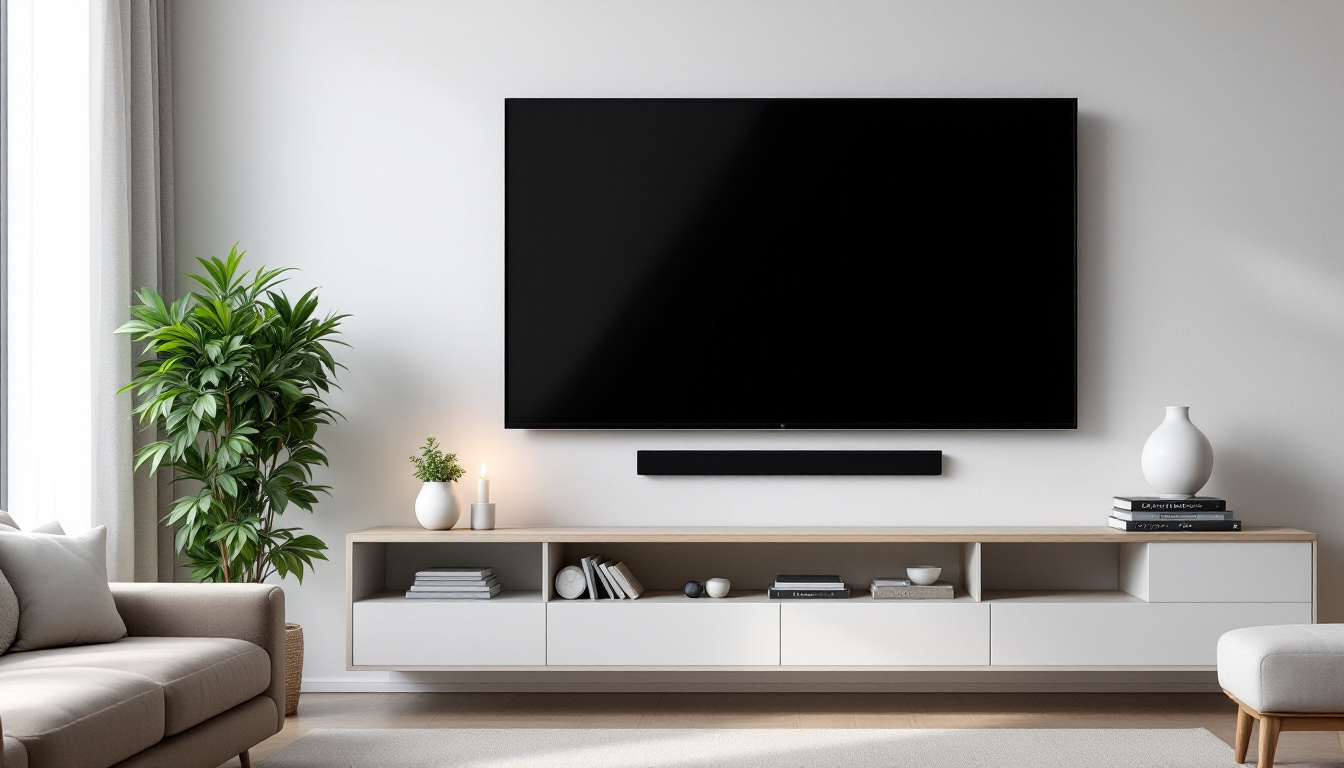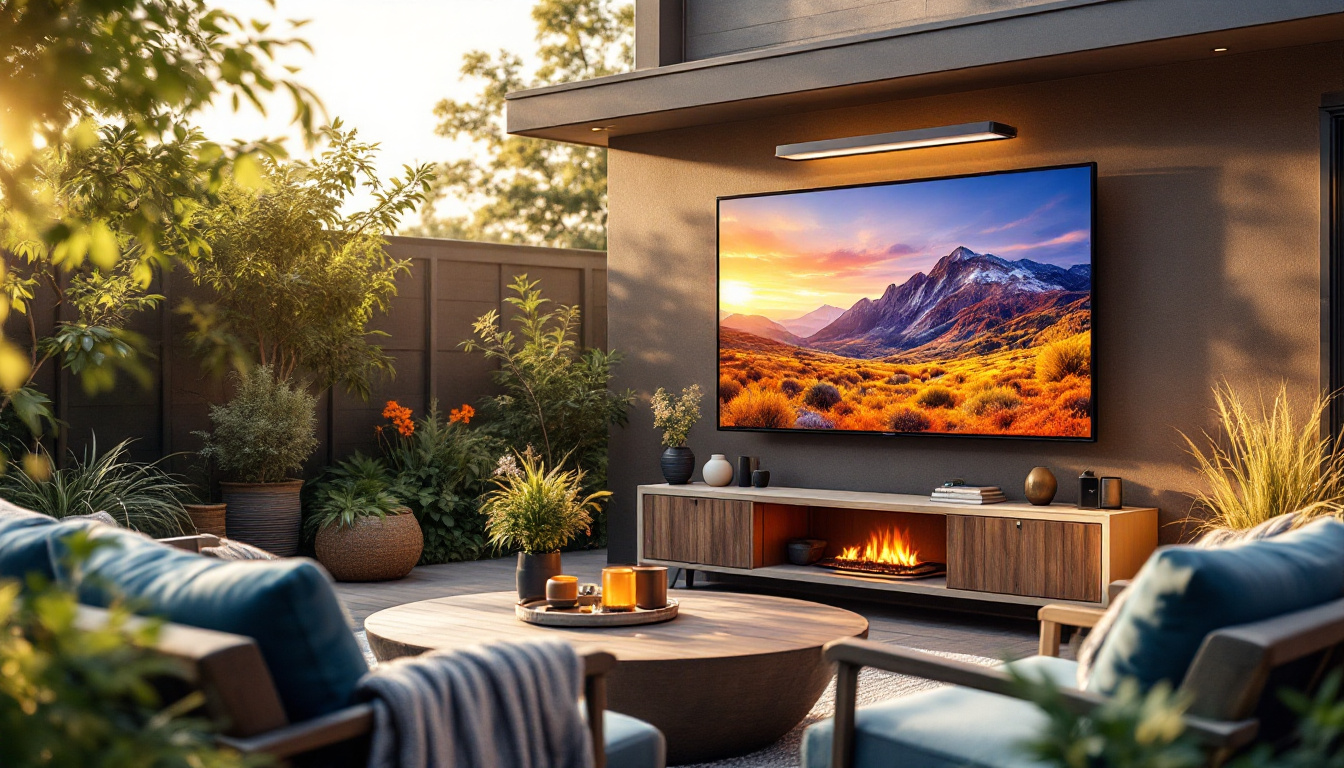In the world of digital connectivity, the transition from one standard to another can often lead to confusion. With the introduction of DisplayPort 1.4A and its compatibility with HDMI, understanding how these technologies interact is crucial for consumers and professionals alike. This article aims to demystify the relationship between DisplayPort 1.4A and HDMI, particularly in the context of LED displays.
Understanding DisplayPort and HDMI Standards
DisplayPort and HDMI are two of the most prevalent digital display interfaces used today. Each has its unique features and specifications, making them suitable for different applications.
What is DisplayPort 1.4A?
DisplayPort 1.4A is an advanced version of the DisplayPort interface, designed to support high-resolution displays and high refresh rates. It offers significant improvements over its predecessors, including support for 8K resolution at 60Hz and HDR (High Dynamic Range) content. This capability makes it an ideal choice for gamers and professionals who require high fidelity in their visual output.
One of the standout features of DisplayPort 1.4A is its ability to compress video data using Display Stream Compression (DSC). This allows for higher resolutions without sacrificing bandwidth, making it easier to connect multiple displays or achieve ultra-high-definition output. Furthermore, DisplayPort 1.4A supports a feature known as Multi-Stream Transport (MST), which enables users to daisy-chain multiple monitors from a single DisplayPort output. This is particularly beneficial for setups that require extensive screen real estate, such as video editing or financial trading environments, where multiple applications can be viewed simultaneously.
What is HDMI?
HDMI, or High-Definition Multimedia Interface, is another widely used standard for transmitting audio and video data. It has evolved over the years, with HDMI 2.0 and 2.1 being the most recent versions. HDMI is particularly popular in consumer electronics, such as televisions, projectors, and gaming consoles.
HDMI supports various features, including ARC (Audio Return Channel), CEC (Consumer Electronics Control), and enhanced audio formats. These features make HDMI a versatile option for home theater setups, providing both audio and video connectivity in a single cable. Additionally, HDMI 2.1 introduces support for dynamic HDR, which allows for scene-by-scene optimization of brightness and color, enhancing the viewing experience for movies and games alike. The increased bandwidth of HDMI 2.1 also enables support for higher frame rates, making it a compelling choice for next-gen gaming consoles that push the limits of visual fidelity and performance.
Key Differences Between DisplayPort and HDMI
While DisplayPort and HDMI serve similar purposes, there are notable differences that can influence a user’s choice between the two. Understanding these differences can help in selecting the right interface for specific needs.
Bandwidth and Resolution
One of the most significant differences lies in the bandwidth capabilities of each standard. DisplayPort 1.4A supports a maximum bandwidth of 32.4 Gbps, allowing for higher resolutions and refresh rates compared to HDMI 2.0, which maxes out at 18 Gbps. This difference becomes crucial when dealing with high-resolution displays, particularly in professional environments where color accuracy and detail are paramount.
HDMI 2.1, however, has made strides in this area, offering up to 48 Gbps. This allows for 8K resolution at 60Hz or 4K resolution at 120Hz, making it a strong contender for high-end applications. Additionally, HDMI 2.1 introduces features like Variable Refresh Rate (VRR) and Quick Frame Transport (QFT), which enhance the gaming experience by reducing lag and screen tearing, making it particularly appealing for gamers seeking the best performance.
Audio Capabilities
Both DisplayPort and HDMI support multi-channel audio formats, but HDMI has a slight edge in terms of compatibility with various audio systems. HDMI’s support for features like ARC and eARC (enhanced Audio Return Channel) allows for seamless audio integration with soundbars and home theater systems. This is especially beneficial for users who want to simplify their setup, as they can transmit both high-quality video and audio through a single cable, reducing clutter and complexity.
DisplayPort, on the other hand, primarily focuses on video output but does support audio transmission. However, its audio capabilities are not as widely utilized in consumer electronics compared to HDMI. In professional settings, DisplayPort’s ability to handle multiple audio streams can be advantageous, particularly in scenarios involving multi-monitor setups where audio needs to be routed to different outputs. Furthermore, DisplayPort’s support for advanced audio formats, such as those used in high-end gaming and professional audio production, makes it a robust choice for users who prioritize audio fidelity in addition to video quality.
Connecting DisplayPort 1.4A to HDMI
For those looking to connect a DisplayPort 1.4A device to an HDMI display, understanding the proper methods and tools is essential. The process is relatively straightforward, but it requires specific adapters or cables to ensure compatibility.
Using Active Adapters
When connecting DisplayPort to HDMI, an active adapter is often required. This type of adapter converts the DisplayPort signal into an HDMI signal, allowing for seamless communication between the two interfaces. Active adapters are particularly useful when connecting to high-resolution displays, as they can handle the necessary bandwidth and ensure optimal performance.
It is important to note that not all DisplayPort to HDMI adapters are created equal. Some may only support lower resolutions or refresh rates, so checking the specifications is crucial before making a purchase. Additionally, some active adapters come equipped with features such as audio support and HDCP compliance, which are necessary for streaming protected content. Therefore, selecting a high-quality adapter can significantly enhance your viewing experience, especially when dealing with 4K or even 8K displays.
Cable Considerations
In some cases, a simple DisplayPort to HDMI cable may suffice. These cables have a DisplayPort connector on one end and an HDMI connector on the other, eliminating the need for an adapter. However, like active adapters, these cables must support the required resolution and refresh rate for the connected display.
When selecting a cable, look for one that explicitly states compatibility with DisplayPort 1.4A and HDMI 2.0 or higher. This ensures that the cable can handle the necessary data transfer rates for high-quality video and audio output. Moreover, consider the length of the cable; longer cables may experience signal degradation, so if you need a longer run, look for cables that are specifically designed for extended distances, or consider using signal boosters to maintain quality.
Another aspect to keep in mind is the potential for future upgrades. As technology advances, newer versions of HDMI and DisplayPort may emerge, offering enhanced features such as higher bandwidth and improved color depth. Investing in a cable or adapter that supports the latest standards can help future-proof your setup, ensuring that you can take full advantage of new display technologies as they become available. This foresight can save you from the hassle of needing to replace your equipment shortly after making a purchase, allowing you to enjoy uninterrupted media experiences for years to come.
Benefits of Using DisplayPort 1.4A with HDMI Displays
Connecting a DisplayPort 1.4A device to an HDMI display can offer several advantages, particularly for users who require high-quality visuals and audio. Understanding these benefits can help in making an informed decision regarding connectivity options.
High Resolution and Refresh Rates
One of the primary benefits of using DisplayPort 1.4A with HDMI displays is the ability to achieve higher resolutions and refresh rates. For instance, when using an active adapter, users can connect their DisplayPort 1.4A graphics card to an HDMI 2.0 display, enabling 4K resolution at 60Hz. This is particularly advantageous for gamers and content creators who demand smooth visuals and quick response times.
Moreover, DisplayPort’s support for DSC allows for even higher resolutions without compromising performance, making it an ideal choice for future-proofing setups.
Versatile Connectivity Options
Another significant advantage is the versatility of connectivity options. Many modern monitors and televisions come equipped with multiple HDMI ports, making it easy to switch between devices. By utilizing DisplayPort to HDMI adapters or cables, users can connect their laptops, desktops, or gaming consoles to a wide range of displays without hassle.
This flexibility is especially beneficial in environments where multiple devices need to be connected, such as in conference rooms or multimedia setups.
Potential Limitations and Considerations
While there are many benefits to using DisplayPort 1.4A with HDMI displays, there are also limitations and considerations that users should be aware of. Understanding these factors can help in optimizing the user experience.
Compatibility Issues
One of the potential limitations is compatibility. Not all HDMI displays support the same features or resolutions. For instance, an HDMI 1.4 display may not support 4K resolution at 60Hz, which can lead to suboptimal performance when connected to a DisplayPort 1.4A device.
Additionally, some adapters may not support advanced features like HDR or high refresh rates, so it is crucial to verify compatibility before making a connection.
Cost of Adapters and Cables
Another consideration is the cost associated with purchasing active adapters or high-quality cables. While many inexpensive options are available, they may not provide the necessary performance for high-resolution displays. Investing in a reputable brand can ensure better performance and longevity, but this may come at a higher price point.
Conclusion
In summary, the relationship between DisplayPort 1.4A and HDMI is an essential aspect of modern digital connectivity. Understanding the capabilities and limitations of both standards can empower users to make informed decisions when setting up their displays. Whether for gaming, professional work, or home entertainment, the ability to connect DisplayPort devices to HDMI displays offers flexibility and high-quality performance.
As technology continues to evolve, staying informed about the latest developments in display interfaces will be crucial for maximizing the potential of visual technology. By leveraging the strengths of DisplayPort 1.4A and HDMI, users can create versatile and powerful setups that meet their specific needs.
Explore Cutting-Edge LED Displays with LumenMatrix
Ready to elevate your visual experience with the latest in display technology? LumenMatrix is at the forefront of LED innovation, offering a wide array of LED display solutions tailored to your needs. From immersive Indoor LED Walls to dynamic Outdoor LED Displays, and from versatile Vehicle LED Displays to engaging LED Sports Displays, our products are designed to captivate and communicate effectively. Discover how our LED Poster Displays, Floor LED Displays, and Custom LED solutions can transform your space and message. Embrace the future of visual communication with LumenMatrix’s All-in-One and Transparent LED Displays. Check out LumenMatrix LED Display Solutions today and see your vision come to life in brilliant clarity.

